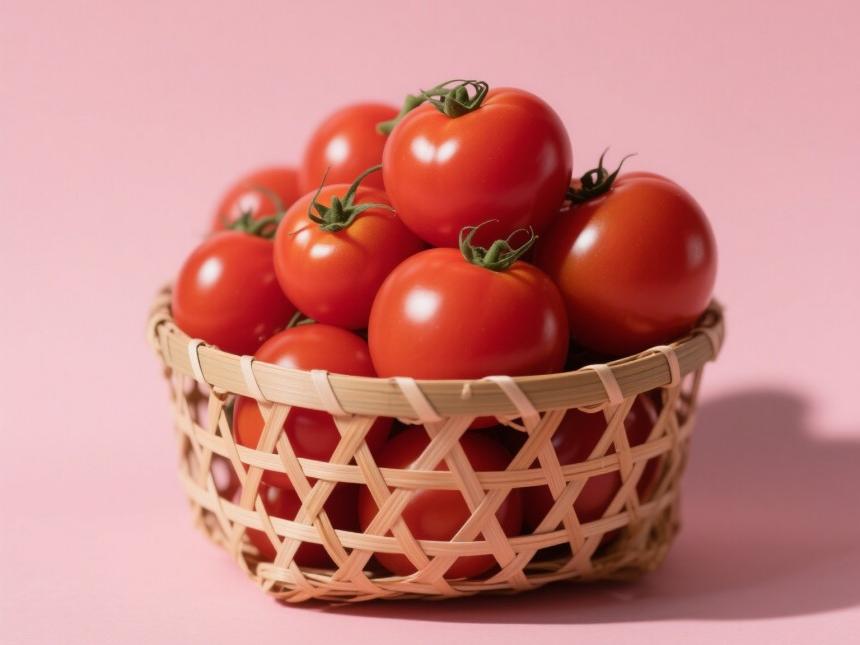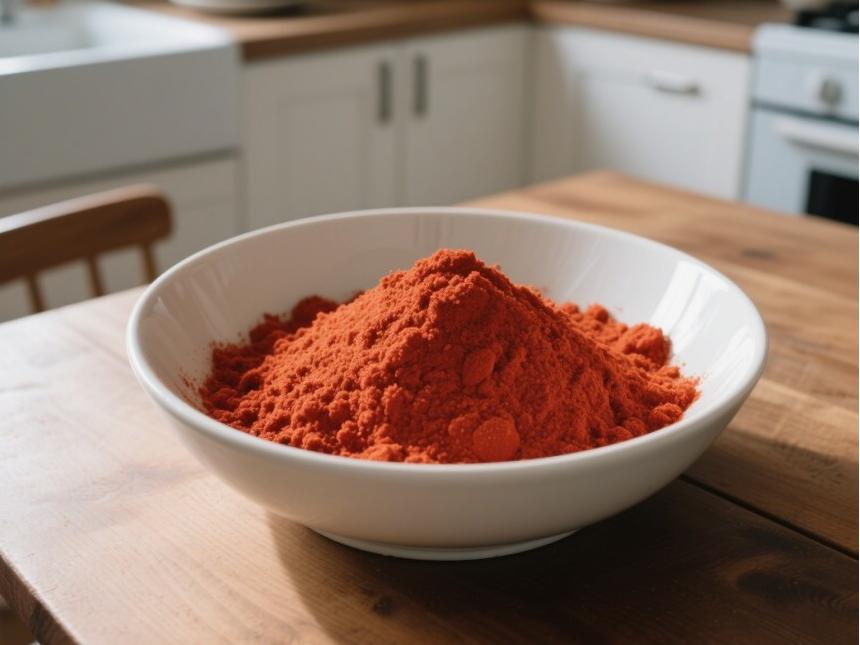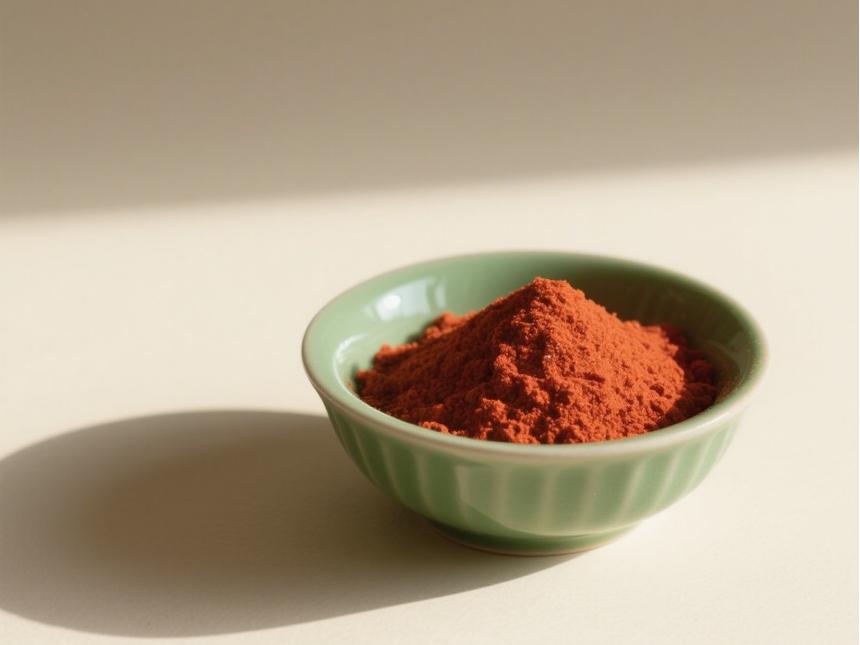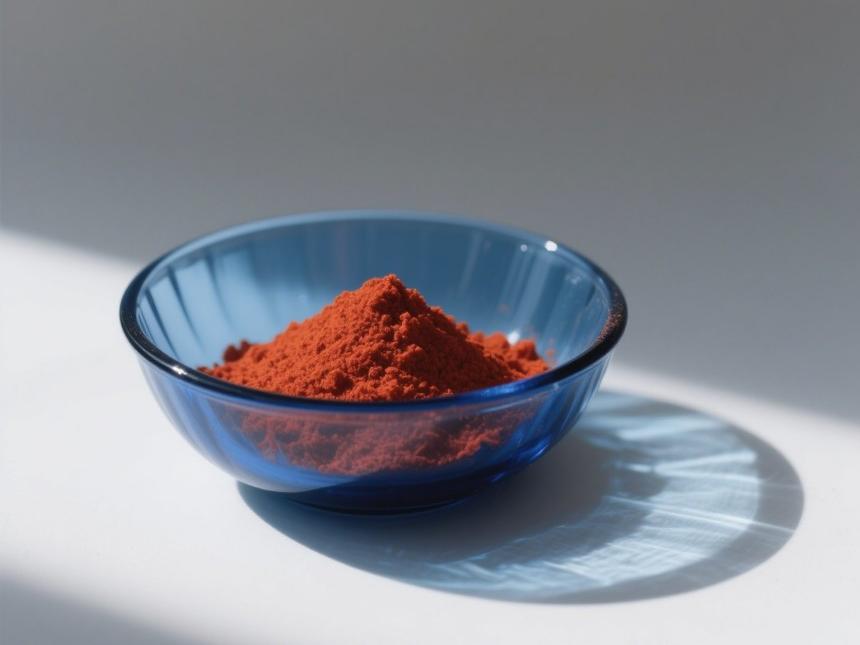How to Make Tomato Powder?
1 Overview
Tomatoes, also known as wolf peaches or tomatoes, are native to Peru and were introduced to China during the Ming Dynasty. Their fruits are red, bright, and sweet and sour in taste, rich in nutrients, and an indispensable vegetable on the tables of ordinary people. Tomatoes contain 17 minerals, various vitamins, carotenoids, and proteins, among other nutrients. Regular consumption has health-promoting benefits, including aiding digestion, soothing the stomach, quenching thirst, clearing heat, detoxifying the body, and preventing vascular aging.
The flavonoids in tomatoes also have preventive effects against pancreatic cancer, cervical cancer, and bladder cancer. However, tomatoes have a water content as high as 95%, making them prone to microbial growth and spoilage, resulting in a short shelf life. To address this issue, processing tomatoes into tomato powder is an effective method. This not only preserves the nutritional components of tomatoes but also reduces packaging and transportation costs while extending storage time. Tomato powder production helps regulate the supply of tomatoes during off-season and peak seasons, as well as regional differences, thereby creating greater economic value for tomatoes in the food industry.
2 Tomato Powder Production Technology
The preparation of tomato powder primarily involves removing moisture from tomatoes, with drying methods commonly used. Currently, there are foam layer drying, direct drying, freeze-drying, expansion drying, drum drying, and spray drying methods. Foam layer drying is convenient and practical but requires strict production conditions and stringent packaging and storage requirements. Direct drying produces products with poor rehydration properties, which hinders product promotion. Freeze drying must be conducted under high vacuum conditions, resulting in complex processes and high costs. Vacuum drying, like freeze drying, is performed under vacuum conditions and also has high costs.
Expanded drying is a complex process with cumbersome operations and high product costs. Drum drying does not remove moisture thoroughly, making it unsuitable for long-term storage. Spray drying is prone to caramelization, causing machine sticking and wasting time and effort. The above six methods each have their advantages and disadvantages, which will be discussed in detail below.
2.1 Foam layer drying method
In recent years, the foam layer drying method has gained widespread application in the vegetable drying field due to its convenience and practicality. This method utilizes capillary action to separate moisture, resulting in a product with a porous structure that enables extremely rapid rehydration. The key to this method is forming a stable foam, which is primarily achieved by adding foaming agents such as glycerol monostearate, sugar esters, fatty acid esters, ovalbumin, and soy protein. Tomato powder produced using this method has good color and flavor, but it also has drawbacks.
Due to its rapid rehydration rate, the product must be packaged in an environment with relative humidity below 50%, otherwise the tomato powder will absorb moisture from the air, which is detrimental to storage. Additionally, strict requirements are imposed on packaging materials, which must be airtight and moisture-proof to prevent oxidation of the tomato powder during packaging. Furthermore, research has found that the rehydrated tomato powder has a darker color, which may be due to residual foam in the powder; the poor texture is likely caused by the loss of most of the original aroma during the drying process.
2.2 Direct Drying of Tomato Slices
Among various drying methods, direct drying is the earliest and most effective method for preparing tomato powder. During preparation, select tomatoes with bright, red color, thin skin, uniform size, and high pectin content, as the direct drying method requires mechanical cutting. The cutting blades should be as sharp as possible to avoid tearing the fruit. The sliced tomatoes are neatly arranged on trays coated with mineral oil and then sent to a drying tunnel for drying until the moisture content reaches 4%. The tomato slices are then ground into a powder using a hammer mill. The resulting powder must be quickly transferred to waterproof containers to prevent moisture absorption. However, this method has a drawback: after rehydration, even after soaking and boiling, the dried tomato slices cannot regain their original shape and size. Therefore, this product is not suitable for use in soup bases, dehydrated mixed vegetables, or canned soup bases.
2.3 Freeze-drying method
The most popular method for preparing tomato concentrate is freeze-drying. This method primarily involves freezing the tomato concentrate and then sublimating the water under high vacuum conditions. In other words, the water directly transitions from a solid to a gaseous state without passing through a liquid phase. As a result, the tomato concentrate retains its original structure, with its shape and size remaining intact. Since the tomato particles ground after freezing have a porous structure, the spaces that originally held water do not collapse, allowing the product to rehydrate quickly. Although freeze-drying has excellent dehydration effects and has been applied in industry, it requires extremely low temperatures and high vacuum conditions, resulting in very high costs.
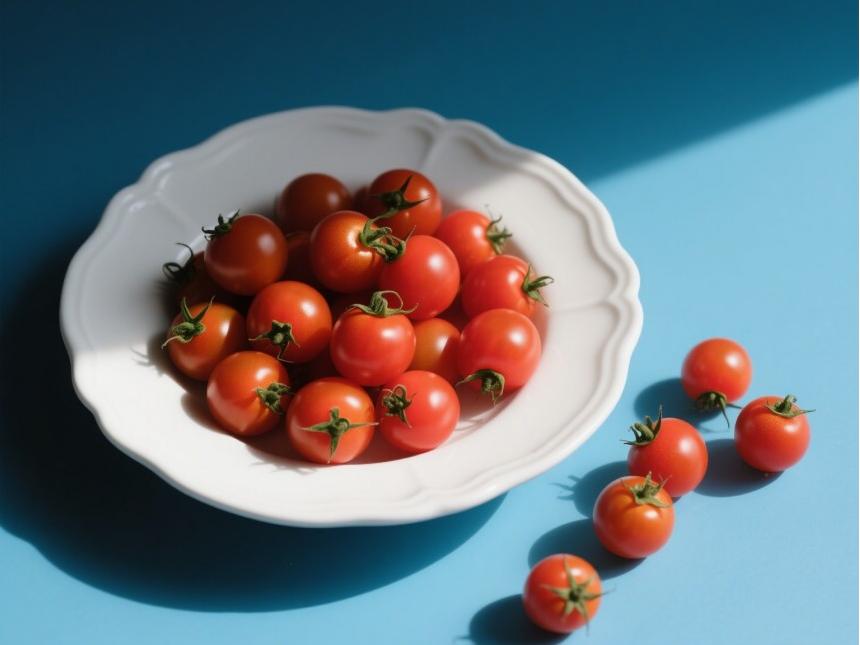
2.4 Expanded drying method
The high cost of freeze-drying has deterred many companies, leading to the development of a new drying method: the expansion drying method. This method uses hot air generated by drying equipment to expand and dry tomatoes, aiming to produce a product similar to that obtained by freeze-drying. The expansion drying method has strict requirements for pressure and temperature, requiring dehydration at an absolute pressure of 346. 58 Pa, with temperatures maintained between 60–70°C. The drying time typically ranges from 90 minutes to 4–5 hours to achieve a moisture content of approximately 30%.
Since the prepared product has thermoplastic properties, it is necessary to cool the product before vacuum treatment to prevent the collapse of the expanded structure of the tomato particles. The expanded drying method and freeze-drying method differ in two main aspects: first, the drying temperature must be higher than the freezing temperature, which allows for higher vapor pressure and shorter drying times; second, the degree of expansion of the prepared products is different. Products prepared using the expanded drying method have a higher degree of expansion, while those prepared using the freeze-drying method do not change in volume.
Although products prepared using the expanded drying method have good rehydration properties, when drying tomato concentrate, if air is not introduced, the tomato concentrate will not expand easily, resulting in prolonged drying time, a harder product, and minimal volume change after expansion, thereby reducing rehydration capacity. If air is introduced into the tomato concentrate, the expansion effect, drying effect, and rehydration capacity of the product are significantly improved. However, the expansion drying method involves a relatively complex production process and difficult control of operating conditions. The product must be continuously removed during the drying process and expanded outside the drying chamber. Overall, due to high costs and operational complexity, this method is not suitable for large-scale production of tomato powder.
2.5 Drum drying method
The drum drying method has achieved good results in the preparation of tomato powder. Some companies have improved it to enhance product color, flavor, and stability: reverse airflow, where the rotation direction of the drum and the airflow are set in opposite directions; and modification of the collection zone, where the relative humidity in the collection zone is set to 15%–20%. However, this method does not achieve true drying, and further drying with airflow at 20°C for over 24 hours is required to reduce the moisture content of tomato powder to 7%. If this is not done, the color and flavor of the tomato powder will be affected.
2.6 Spray Drying Method
Spray drying is currently the most popular method for vegetable dehydration. During spray drying, vegetable droplets are exposed to hot air, rapidly dried, and transformed into particles. A separation device then quickly separates the particles from the airflow, recovers them, and cools them, thereby avoiding losses caused by prolonged contact with hot air. The particles produced by spray drying are generally hollow spherical or partially spherical in shape, which is highly advantageous for product rehydration. As a result, this method has become the most popular drying method among many companies. Additionally, spray drying offers other advantages, such as ease of processing, low cost, and convenient packaging and transportation.
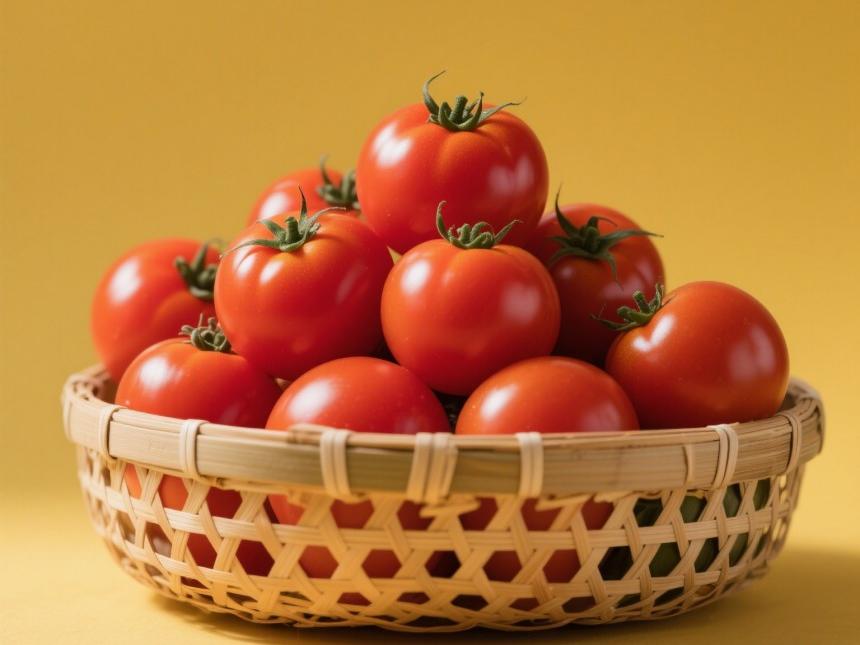
Among the various drying methods mentioned above, spray drying has become the most suitable method for processing tomato powder due to its numerous advantages. Tomato powder produced using this method is inexpensive and of high quality. However, to obtain higher-quality tomato powder, the spray drying chamber must be specially designed. Furthermore, due to the extremely high hygroscopicity of tomato powder, special treatment must be applied during processing and packaging to prevent the product from becoming damp.
3 Conclusion
China is a major tomato-producing country, but currently, many regions still use outdated natural sun-drying methods to produce dehydrated tomatoes. This method results in poor product quality and inadequate hygiene standards, making it difficult for the product to enter international markets. Although various drying methods mentioned above have been adopted in industry, each method has its advantages and disadvantages. Therefore, to produce tomato powder with excellent color, aroma, and taste at a reasonable price, further research and development of new tomato powder drying technologies are needed.
References:
[1] Luo Changrong, Ma Jianguo. Comparison of Processing Methods for Tomato Powder [J]. Food Science and Technology, 2001(1):28-32.
[2] Wang Xizhong, Yu Caiyuan. Spray Drying (2nd Edition) [M]. Beijing: Chemical Industry Press, 2003:385-388.
[3] Chen Cui Ren. Study on the Thermal Drying Characteristics and Process of Tomato Slices [J]. Journal of Zhejiang Agricultural University, 2000(2):133-135.
[4] Li Wei. Study on the Vacuum Freeze-Drying Process of Tomatoes [J]. Journal of Xi'an Highway and Transportation University, 2000(6):32-34.


 English
English French
French Spanish
Spanish Russian
Russian Korean
Korean Japanese
Japanese